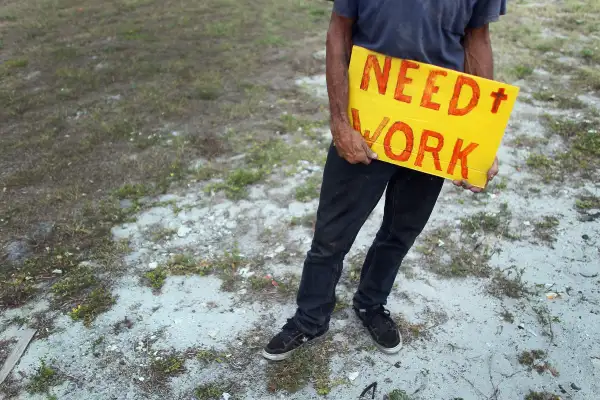JP Morgan Says There's a 76% Chance of a Recession in the Next 3 Years
Money is not a client of any investment adviser featured on this page. The information provided on this page is for educational purposes only and is not intended as investment advice. Money does not offer advisory services.

The Fed might be ready to hike interest rates given the health of the current economy, but JP Morgan told Business Insider that we're headed for a rocky patch. According to their analysts, there's a 76% chance of one happening in the next three years.
Sounds bad doesn't it? It's actually completely normal—like forecasting rain.
Since 1945, economic expansion has functioned in cycles, which average 69.5 months from recession to recession, according to the NBER. If you go back even further to 1854, there's been a recession every 56 months. Recessions are normal and happen many times per decade.
Given their regularity, it shouldn't be controversial at all to say that it's unlikely for recessions to arrive super early in an economic cycle, and probable that they will come if a cycle is nearing the end of its typical period. Given that our last trough was in June of 2009, 6.5 years ago, a high percentage checks out.
Part of the reason why the relative certainty of our entering a recession soon is because we have "Recession" in our minds with a capital "R," because we've just recently come out of the Great Recession—one of the worst to hit since the Great Depression. But not all recessions are like that one.
Read next: These 3 Maps Show Where the Great Recession Hit Hardest